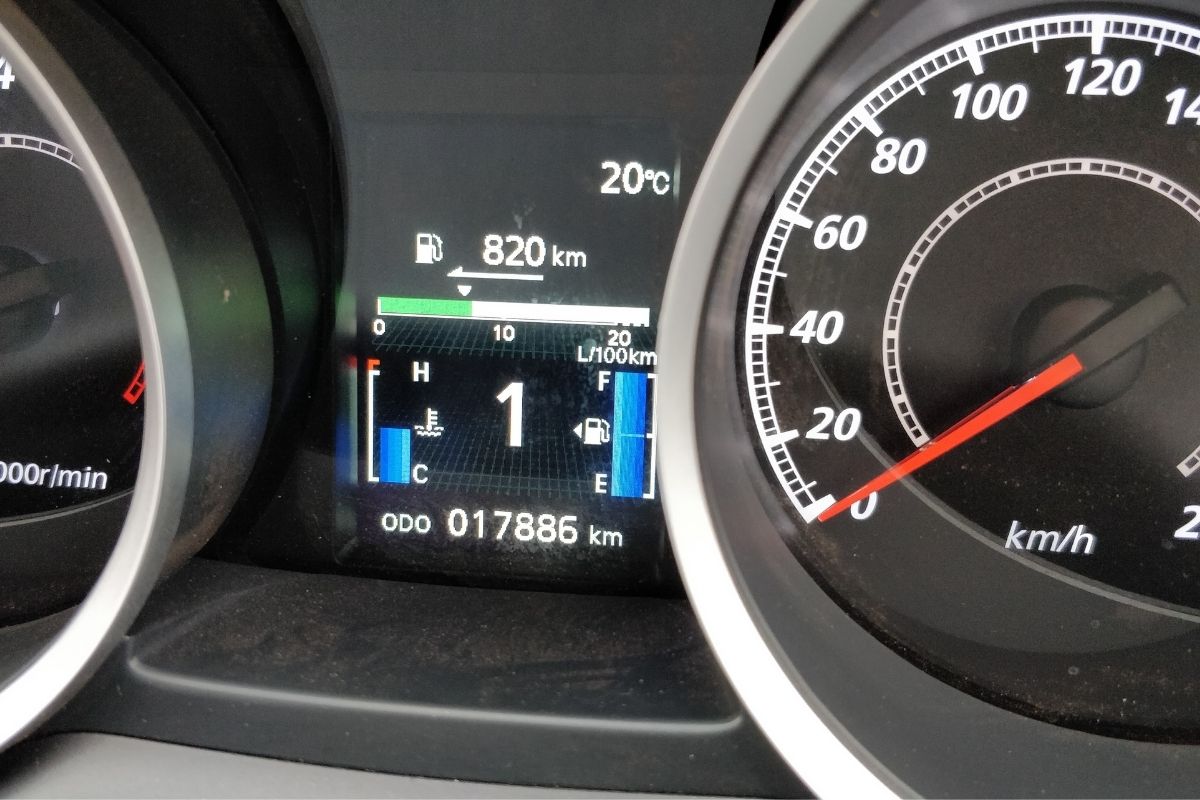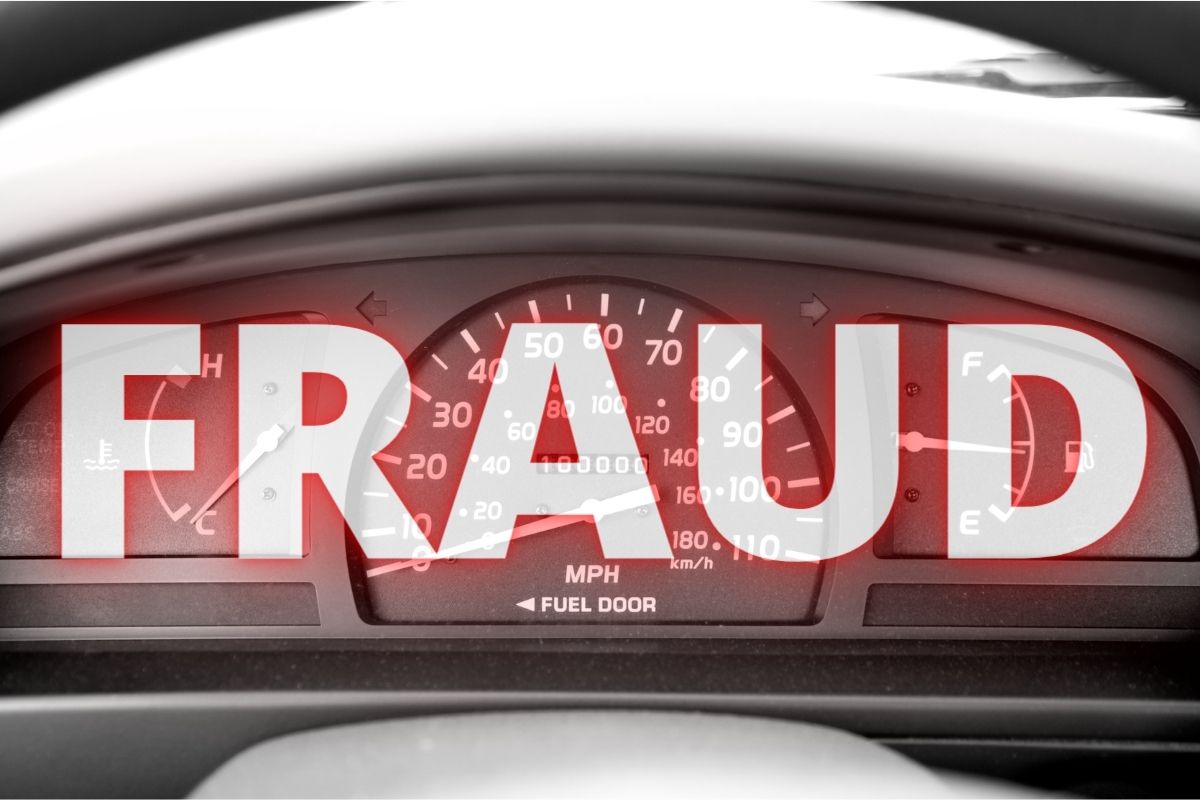State Farm underscored the importance of spotting odometer fraud when purchasing a used car.
Although the majority of vehicle fraud headlines point to the theft of catalytic converters, but the State Farm auto insurance company showed that odometer fraud is also an important issue to keep in mind.
Though this type of fraud is tougher to spot, there are a number of strategies that can be used to find it.
State Farm published a news release to help people to spot odometer tampering while considering a used vehicle for purchase. The auto insurance company pointed to data from the National Highway Traffic Safety Administration (NHTSA) regarding odometer fraud, as well as its official definition.

The NHTSA considers odometer fraud as the resetting, disconnection or alteration of the odometer for the purpose of changing the indicated miles or numbers displayed. Its data indicates that an estimated 450,000 vehicles are sold each year with an odometer reading that was fraudulently changed. The estimated cost of this crime to American consumers is $1 billion per year.
The tips include the following:
- Request to see the title of the vehicle and compare its mileage to that on the odometer itself. Double check that the title’s mileage notation is clear to read and isn’t obscured in any way.
- Check the odometer gauge numbers to be sure that they are properly aligned and are not gapped, crooked or jiggle when you strike the dash with your hand.
- Compare the odometer’s mileage with that of the mileage indicated on the inspection records or maintenance records for the vehicle. Look at the door or window frames, under the hood or in the glove box for maintenance stickers.
- Examine the tires. Original tires will usually still be on a car with an odometer showing under 20,000 miles or less. Check out the vehicle wear and tear, particularly the brake, gas and clutch petals, to see if they look consistent with the odometer reading.
- The auto insurance company also recommends requesting a vehicle history report from an official service, and check from odometer discrepancies when compared to thee reading on the dash.


